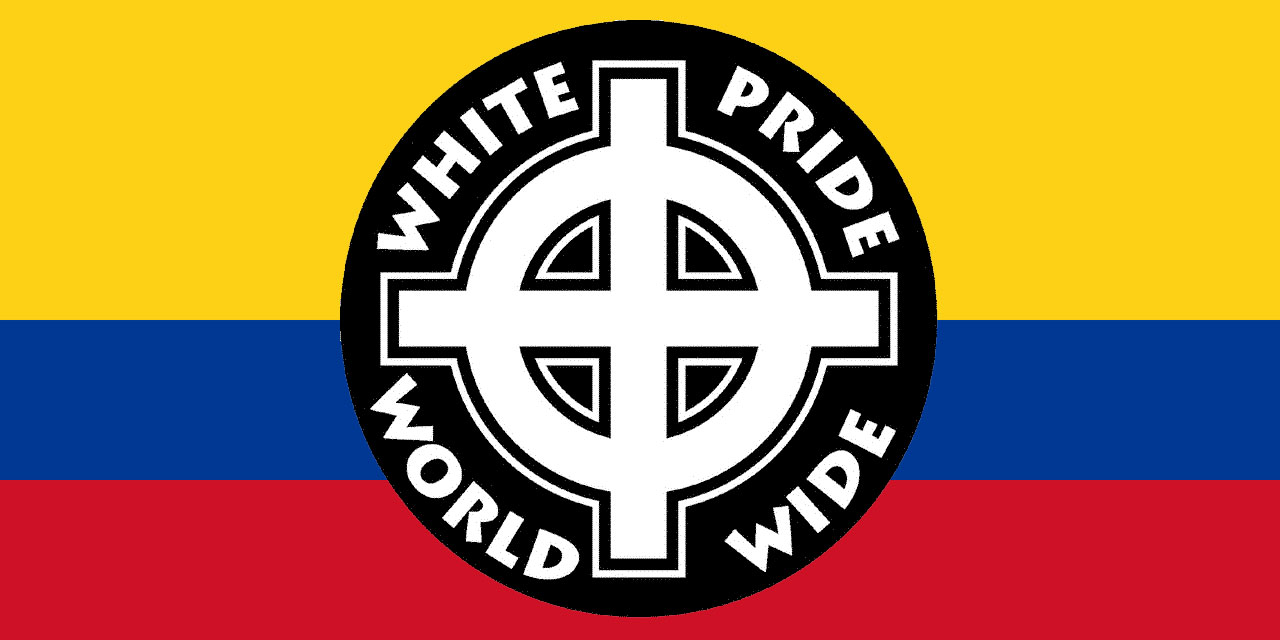Racial discrimination in Colombia wasn’t a criminal offense until 2011 after a centuries-long history of white supremacy that persists until this day.
The concept of white supremacy was introduced by the Spanish after their arrival in the early 16th century, but 500 years later it is alive and well, especially when it comes to indigenous peoples of whom 67 were assassinated so far this year.
Argiro Castaño, 2020
Many Colombians continue referring to indigenous with the same dehumanization and victim-blaming used at the beginning of their ethnic cleansing 500 years.
Venero, 1564
The first royal annihilation order
The Wayuu were the first people now called Colombians to meet a European, Alfonso de Ojeda, who convinced the Spanish crown to found a colony in La Guajira in 1500 or 1501.
Within three months, De Ojeda became the first of many Spanish to learn that the Wayuu were the only nation that could not be subdued.
The Kuna, on the contrary, welcomed De Ojeda and his fellow explorer Vasco Nuñez to the Uraba region just like they would later welcome French traders and Scottish pirates.
This welcoming attitude is believed to be the reason they were nearly annihilated and no longer live in Colombia
Following De Ojeda’s stint with the Wayuu, Nuñez returned to Uraba in 1510 to build Santa Maria la Antigua and brought a 2000-men army to violently enslave the people, or kill them if they refused.
King Fernando II formally abolished slavery and granted all indigenous people from the Americas property rights in 1512, but in a feudal system that means little.
The king owned all the land and his newly conquered subjects were legally obliged to follow the conquistadors’ orders and work for them as serfs. The conquistadors didn’t care, because the native Colombians were “savages.”
The Spanish left Uraba for what is now Panama City in 1520. Two years later, the Catio nation took out the Spanish abuses on the 13,000 surviving Kuna, who were displaced from Colombia for good.
Friar Bartolome de Las Casas, 1542
Those they forgot to kill
The Spanish were able to settle where Cartagena and Santa Marta are now located around 1525, but found that the locals were dying by the dozens and the arid land barely produced crops.
By the time they arrived, some 50,000 native Colombians were living in the Magdalena valley near what is now Barranquilla, Spanish chronicler Pedro Simon calculated. Around 1545, there were no more than 500.
Simon estimated that 40,000 died of European diseases and the rest were murdered by the Spanish.
Newly arrived adventurers would additionally sell native Colombians to slave traders who would put them to work on Caribbean island plantations, Cartagena clergy Tomas Toro wrote in 1535.
Many of the surviving peoples from the Caribbean coast learned the wisest thing was to stay away from the Europeans and their descendants and hide in the Sierra Nevada mountain range.
Zaleh Nulavita, 2020
The bloody invasion from the South
The conquistadors that conquered the Caribbean coast had a complete disdain for the native Colombians, but none could compare to Sebastian de Belalcazar, who entered Colombia from the south in 1537.
After a five-year trek from the Atlantic coast of Peru, Belalcazar’s first stop was the border city of Pasto after which he founded the cities of Popayan and Cali in the name of Christianity, despite the fact that as an illiterate he was unable to read the bible.
The Misak people tore down the statue of the conquistador last month. National Police chief Oscar Atehortua, whose men massacred at least 13 people in Bogota the week before, called it vandalism and announced a reward for information leading up to the arrest of the native Colombians whose ancestors were “slain” by “tyrants” “by the instigation of the Devil,” Friar Bartolome de Las Casas wrote in his 1542 book “A Short Account of the Destruction of the Indies.”
Friar Bartolome de Las Casas, 1542
Vindicating indigenous rights
Following the expulsion of the Spanish in 1819, Colombia’s Congress sought to compensate the native Colombians who had been “abused and oppressed” for centuries, under the presidency of former General Francisco de Paula Santander, one of the country’s liberators.
Almost 200 years later, the native Colombians are still waiting for the promise to have their lands returned that was made in the very first law approved by Congress in 1821.




